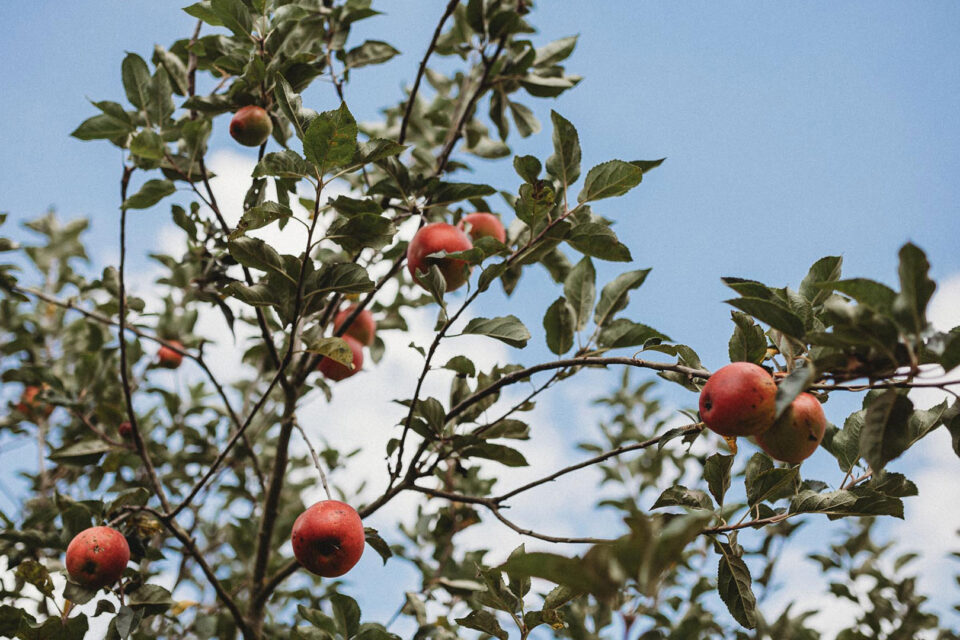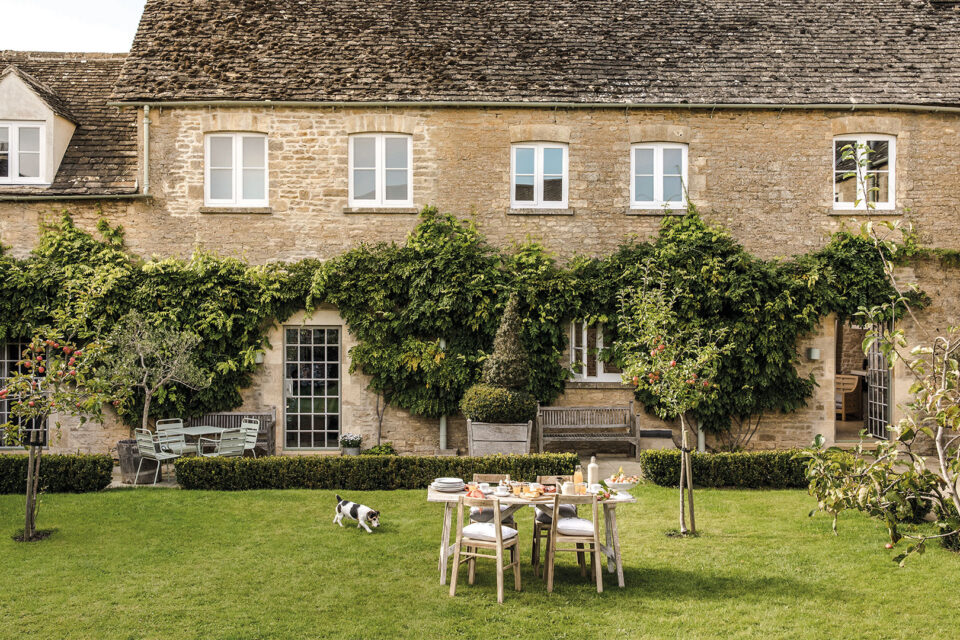Fresh from The Wild Rabbit’s winter break, our Head of Sustainability Will, caught up with Executive Chef Sam to explore the latest tasting menu. Celebrating the best ingredients that late winter has to offer, this menu features our chefs’ favourite dishes from the à la carte offering and showcases their usual creative flair.
Salad of nasturtium root, parsnip, radicchio, IP8 vinegar
In true Wild Rabbit style, this feels like a bold opener in terms of flavours. I’ve already had to look up nasturtium root, talk me through what else is happening on the plate.
We always try to lead with a vegan starter to cater for evolving tastes. For the nasturtium we’ve used mashua root which is wasabi-esque when raw, so we pickle and confit it to temper down the flavour. The radicchio adds a bitterness to the plate which is complemented by puréed parsnip to give the dish that fatty, creamy element that would usually come from meat or dairy. Purées are a great way to overcome the challenge of finding dairy textures in a vegan dish.
Vinegar is an interesting addition to those flavours, what is special about IP8?
This is a unique vinegar made by Minus8, an ice wine maker named after the temperature that the grapes are picked. As well as wine the grapes are used to produce beautifully balanced vinegars with complex tastes, and the IP8 is a blend of ice wine grapes and IPA. We have used it to create a vinaigrette that combines a sweet balsamic-ness with the citrusy, hoppy vibes of the IPA.
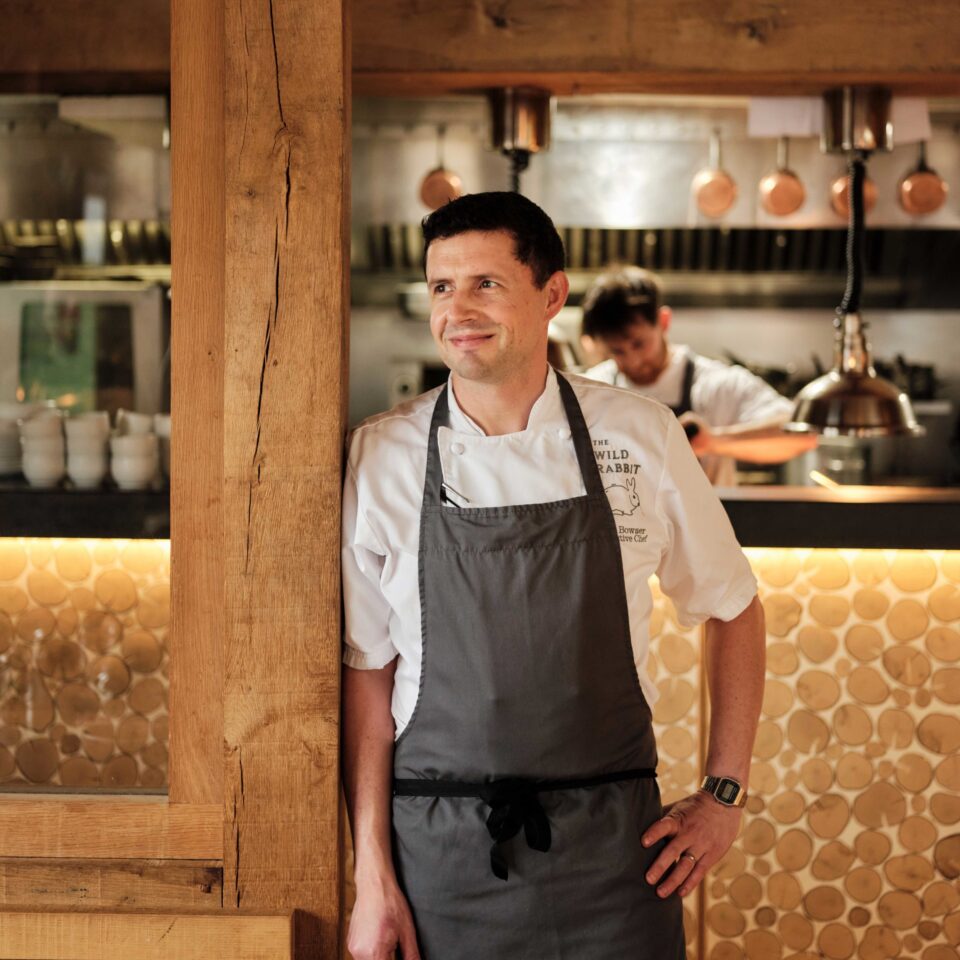
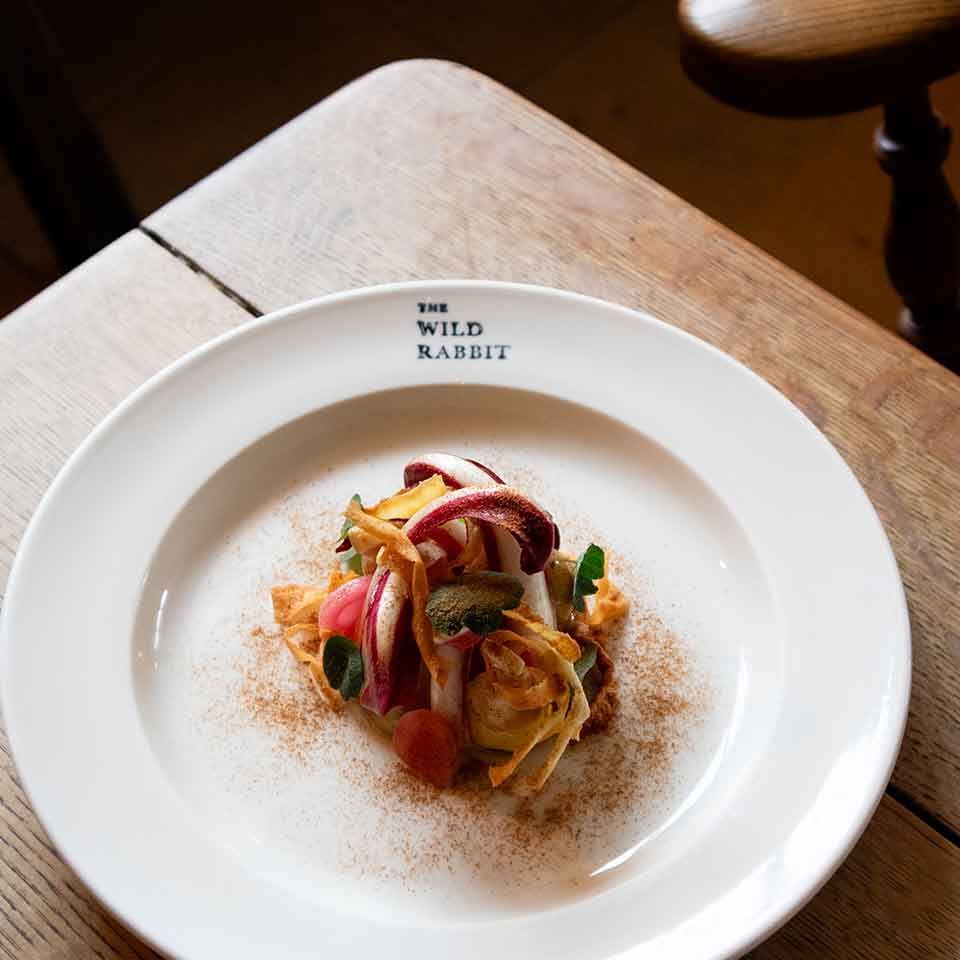
Grilled scallop, apple, turnip, marigold
I love the sound of this meeting of sea and orchard, which you’ve previously described as a ‘winter version of ceviche’. Is it as simple as it sounds?
With the recent storms it’s actually been a challenge to source the scallops but we are working with some great suppliers on Orkney and the west coast of Scotland. We start with a gentle confit in beef fat before grilling the scallop on a BBQ to unlock its taste along with a charcoal flavour and hints of beef. Raw apple compressed in apple juice gives us acidic pickle notes, and we’ve used turnip from the market garden at Daylesford to give that bitterness and notes of horseradish. Between them the ingredients create really interesting layers of flavour and texture.
Presumably the marigold is used for a bit of edible decoration?
In part, yes: we grow the marigold here and snip the flowers to order for a final decorative touch. But we have also used apple marigold oil which has a herbaceous Granny Smith apple skin flavour that really makes the dish pop.
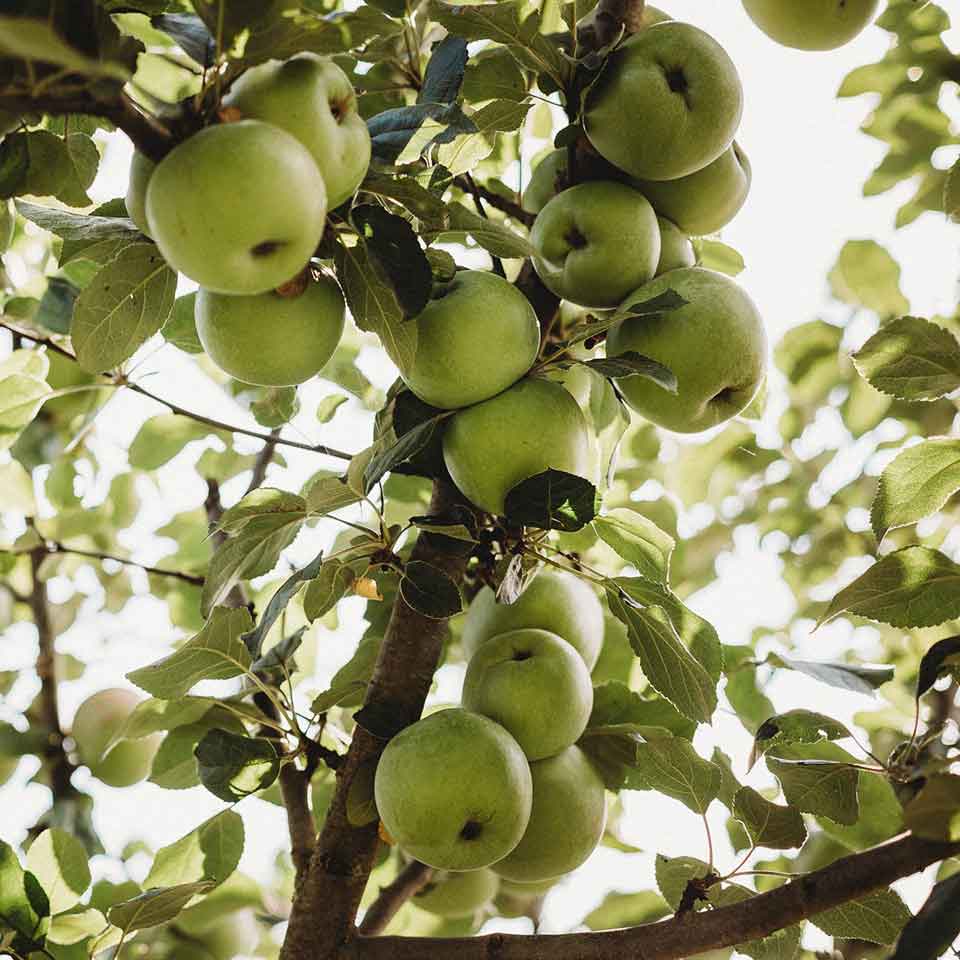
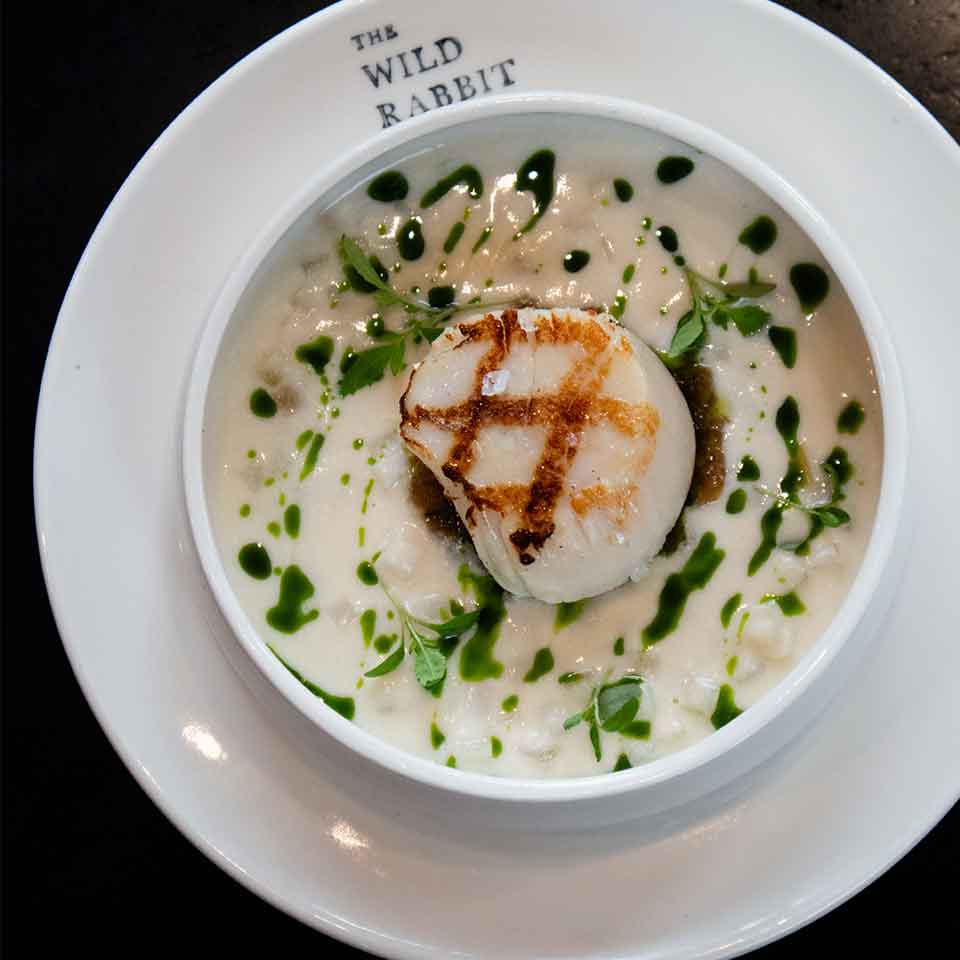
Smoked Wootton estate venison, game sausage, Jerusalem artichoke, coffee
It’s great to see venison making a reappearance following our autumn game menu, how have you managed to achieve the ‘nose-to-tail’ concept here?
Our organic venison is sourced from our sister estate at Wootton in Staffordshire. Alongside the prime loin cut we have a braised venison neck ragu. This is similar to a bourguignon, a thick red wine sauce with mushrooms, shallots and parsley. The sausages utilise the venison trim and are barbecued with a smoked onions. We have paired the game with Jerusalem artichoke from Daylesford to add a lovely earthy vegetable flavour.
I’m intrigued by the use of coffee here, is that a natural partnership with game?
It’s common to find bitter chocolate paired with venison. We chose the more complex bitter of coffee as a sauce to offer something a bit different; whole beans are toasted to unlock the aroma that is then infused into the sauce and finished with a shot of espresso. The coffee itself is an organic blend from Honduras and Peru which has a rich, dark chocolate and caramel flavour.
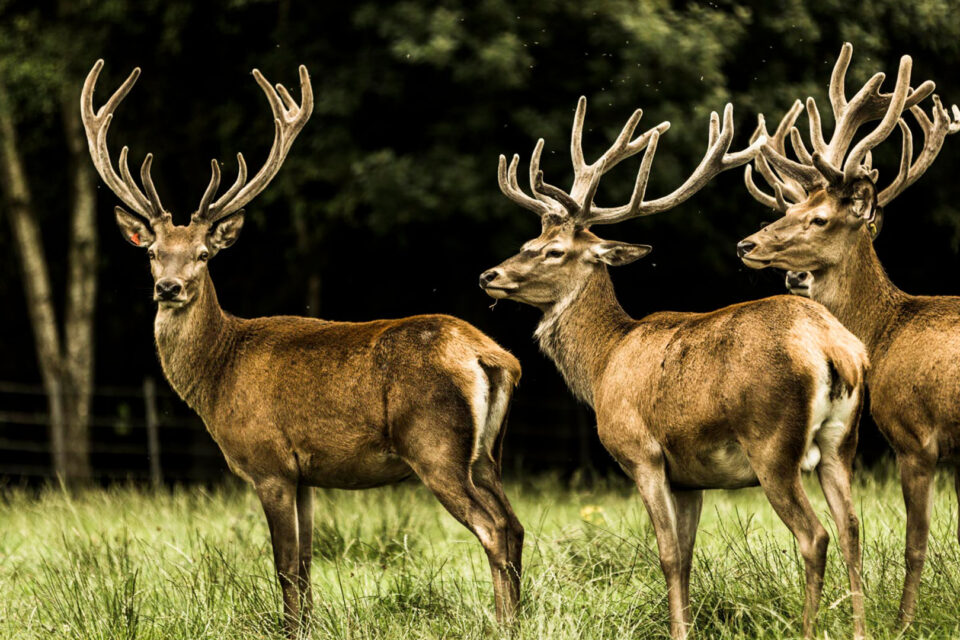
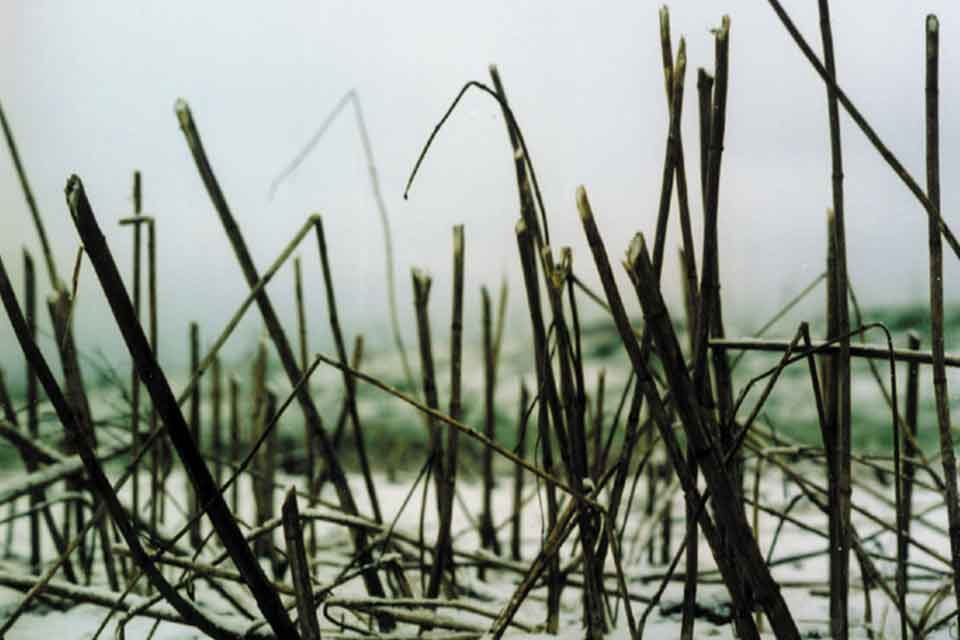
Yorkshire rhubarb, sorrel, meringue, cream cheese
It’s unusual to see cream cheese paired with meringue for a cheese course! Or are you treating your guests to two desserts?
We’d call this a ‘pre-dessert’, as the acidity of an ingredient like forced rhubarb lends itself to the bridge between the main and a sweeter dessert. Our British forced rhubarb is sourced from the Rhubarb Triangle in Yorkshire, specifically from Robert Tomlinson, a fourth-generation farmer. It’s a limited season and we are serving it at the peak time. The rhubarb is macerated overnight to extract the juice, and after cooking everything together that juice is extracted and set into a jelly that is folded back through the rhubarb. We’ve used a spinach-esque sorrel variety to make a herby, acidic, green ice cream to sit alongside the rhubarb with an Italian meringue made from Daylesford’s natural yoghurt.
That just leaves the cheese, I’ve heard you mention something called espuma?
Espuma is a foam made using a siphon to aerate purées or creams. The rhubarb dish is finished with a cream cheese espuma to add another interesting texture.

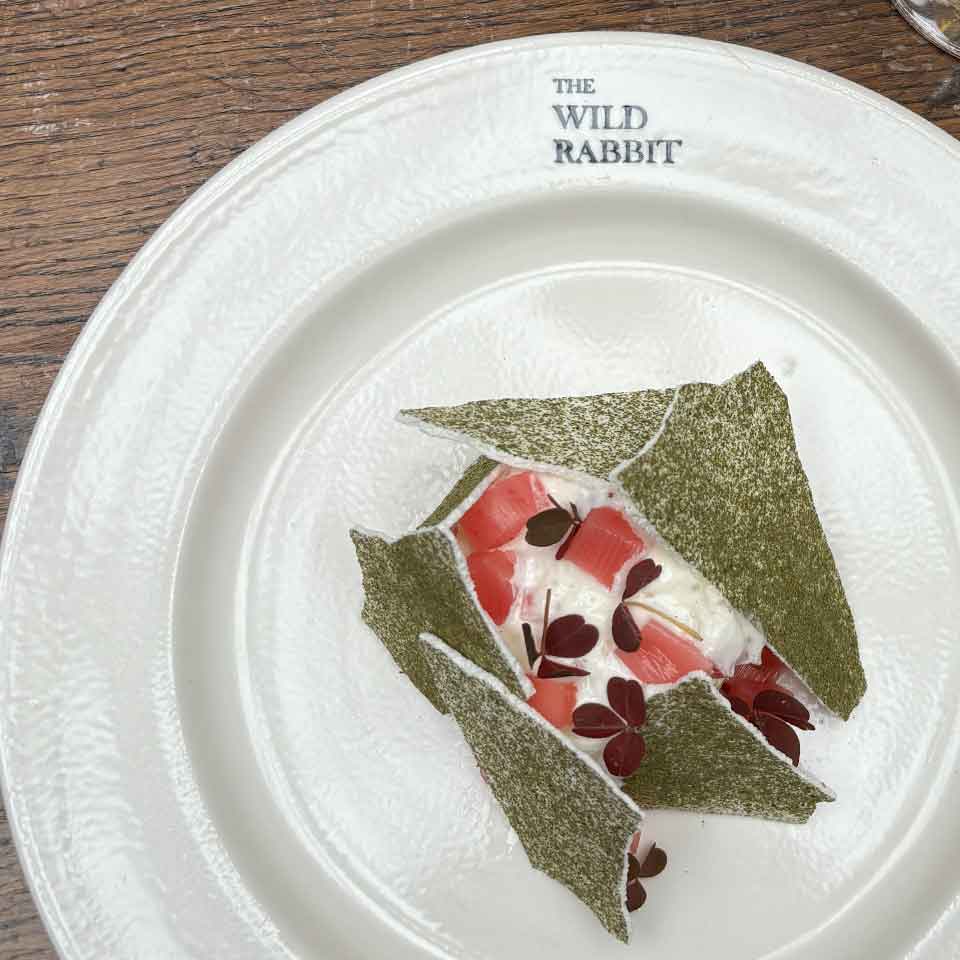
Cep parfait, chocolate namelaka, spruce, chestnut
This may be the first time I’ve seen mushrooms in a dessert, how do you make this work?
Our Head Chef, Craig, came up with this concept of using cep mushrooms in a different way. Instead of the salt and garlic you would usually use with it, sugar brings out its naturally chocolatey notes and takes it into a sweet space. The addition of spruce and chestnut gives it a forest floor theme; Craig has foraged the spruce, dried some into a powder and pickled the spruce tips to introduce a citrusy pine element. This is finished off with crystallised chestnut.
Finally, help me understand what a namelaka is and why you’ve chosen it.
A namelaka is essentially a crema made without eggs, a super smooth chocolate. Its literal translation from Japanese is “ultra creamy”. It’s a very interesting and adventurous dessert that perfectly suits an experimental tasting menu.
The late winter tasting menu is available now, book your table here. Look out for the return of our tasting menu launch events this year, starting with our Spring edition in April.
